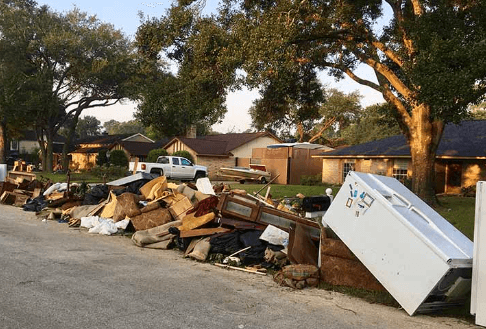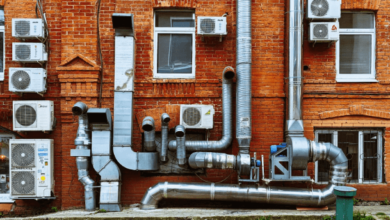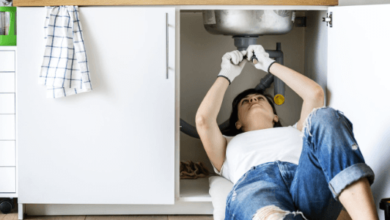How To Salvage These 8 Household Items After A Flood

Experiencing a flood in your home can be both overwhelming and disheartening. Replacing damaged possessions can be costly. However, salvaging your household items can reduce the financial burden of purchasing new items.
Many of your belongings might hold sentimental value as they represent cherished memories. Saving some or all of them can help maintain a sense of continuity during this difficult time. Implementing a smooth recovery process is best by learning how to salvage them after a flood.
Here’s how you can salvage these eight household items:
- Carpets And Rugs
You can use a wet vacuum cleaner to extract as much water as possible from your carpets and rugs. Then, you can hang them to dry, but protecting them from direct sunlight is best. You can prevent mold growth by blow-drying the edges. After drying, you can use carpet shampoo to clean and deodorize.
For valuable or antique rugs, consider seeking professional restoration services. When you visit the page here, you might learn how a water damage specialist can help you. That way, you could restore your prized possessions with minimal damage caused by the floodwaters.
- Furniture
It’s possible to restore wooden and upholstered furniture after a flood. You can remove the cushions and upholstery for thorough drying and cleaning. You may clean them with a soft brush to remove dirt or mildew. Mix equal parts of white vinegar and water to eliminate mold spores. After that, use a wood oil or polish to restore the furniture’s original luster.
- Electronics
It’s crucial to disconnect any submerged electronics from power sources immediately. However, it’s best to refrain from turning them on until they’re dry. One excellent trick is to place the devices in a container with silica gel packets or uncooked rice to absorb moisture.
Consulting a professional electronics technician to assess the damage is essential. They can fix your electronic devices to make them safe and functional again. Also, they’ll tell you if your gadgets are worth repairing or if it’s better to toss them.
- Books And Documents
Carefully separate wet pages and place wax paper between them. It’s best to fan them out to allow air circulation. If space is limited, consider using an electric fan to speed up the drying process. It’s wise to avoid placing your rare books inside plastic bags to prevent mold growth. Consulting a professional for further guidance is best.
- Clothing And Textiles
Washing flood-damaged clothing and textiles in hot water with detergent and disinfectant could help you remove contaminants. You can hang them to dry or use a dryer on the highest heat setting to kill any remaining bacteria and eliminate mold. For delicate items, it’s best to use a specialized fabric cleaner, which you can find in most supermarkets.
- Mattresses And Bedding
Unfortunately, discarding mattresses exposed to floodwaters might be the best option. The reason is due to the difficulty in thoroughly cleaning and sanitizing them.
However, you can salvage other bedding, such as pillows, blankets, and sheets. You can wash them in hot water with a heavy-duty detergent. After that, use a high-heat dryer setting or air dry them to prevent mold.
- Artwork
If an artwork has been exposed to floodwater, you can remove it from its frame. Then, carefully blot away excess water using a clean, soft cloth. Allowing the artwork to air dry in a well-ventilated area is best.
A professional art conservator could guide in preserving severely damaged pieces. You can look for an expert in your locality or conduct research online. They can help you repair and restore damaged artwork.
- Toys And Stuffed Animals
You can clean plastic toys with a mixture of water and mild detergent. Allowing them to air dry is best to prevent mold growth. As for stuffed animals, it’s best to machine-wash them on a gentle cycle with mild detergent and allow them to dry completely.
On the other hand, if a stuffed toy has been contaminated with floodwaters, it may be best to discard it. This way, you could ensure the safety of children or any pet that encounters it.
Final Thoughts
In the aftermath of a flood, saving household items can make a significant difference. By implementing the strategies outlined in this article, you can successfully salvage and restore many of your possessions.
By salvaging these household items, you can minimize the financial stress of replacing them with new ones. Aside from cost savings, you could preserve their sentimental value. Saving household items after a flood might provide hope as you restore your residential property.





